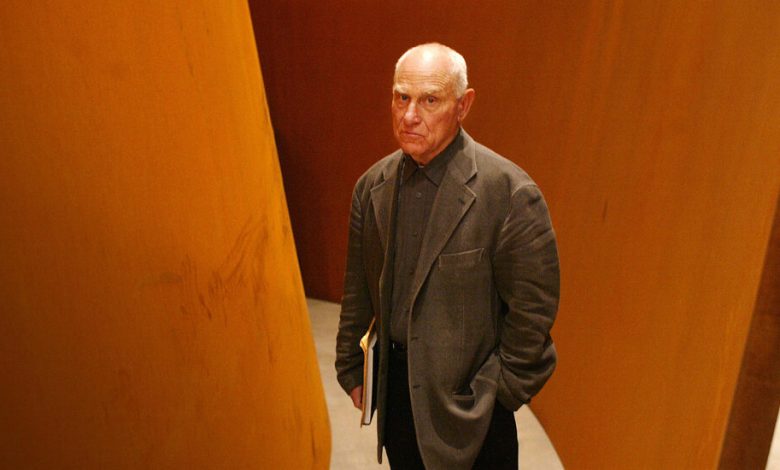Richard Serra, Who Recast Sculpture on a Massive Scale, Dies at 85

Richard Serra, who set out to become a painter but instead became one of his era’s greatest sculptors, inventing a monumental environment of immense tilting corridors, ellipses and spirals of steel that gave the medium both a new abstract grandeur and a new physical intimacy, died on Tuesday at his home in Orient, N.Y., on the North Fork of Long Island. He was 85.
The cause was pneumonia, John Silberman, his lawyer, said.
Mr. Serra’s most celebrated works had some of the scale of ancient temples or sacred sites and the inscrutability of landmarks like Stonehenge. But if these massive forms had a mystical effect, it came not from religious belief but from the distortions of space created by their leaning, curving or circling walls and the frankness of their materials.
This was something new in sculpture; a flowing, circling geometry that had to be moved through and around to be fully experienced. Mr. Serra said his work required a lot of “walking and looking,” or “peripatetic perception.” It was, he said, “viewer centered”: Its meanings were to be arrived at by individual exploration and reflection.
These pieces were assembled from giant plates of cold rolled steel made in mills more accustomed to fabricating the hulls of ships. They were so heavy that they required permits to cross bridges and cranes with elaborate rigging to be set in place.